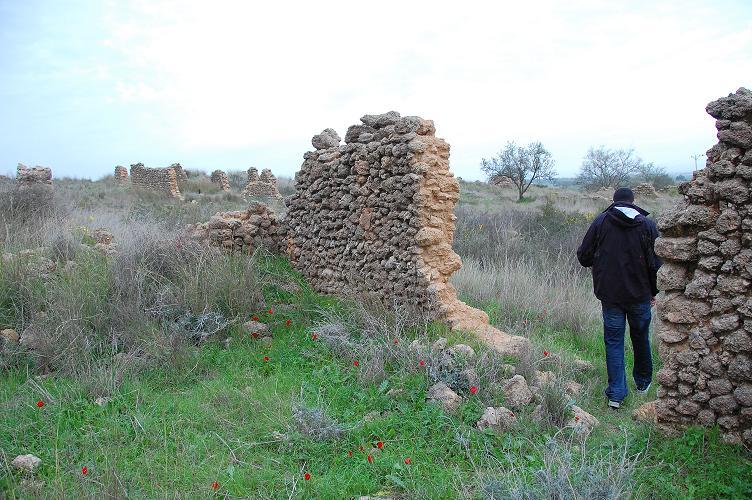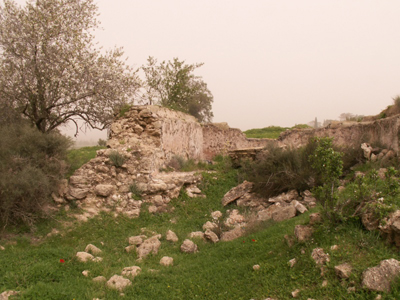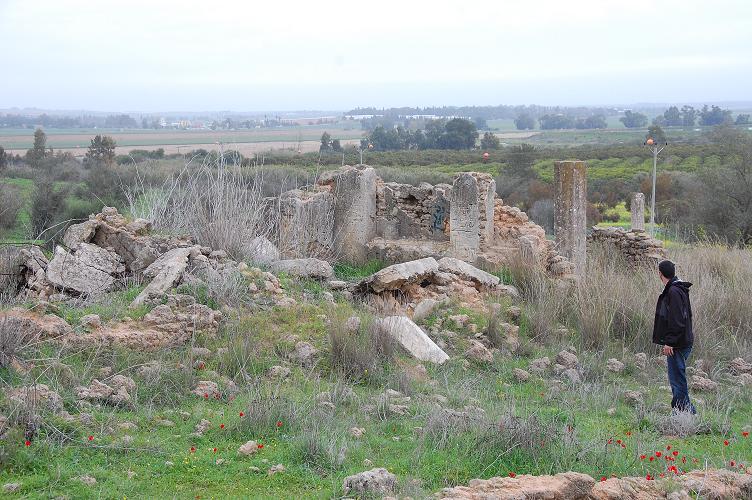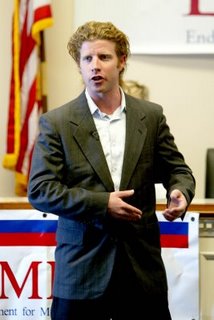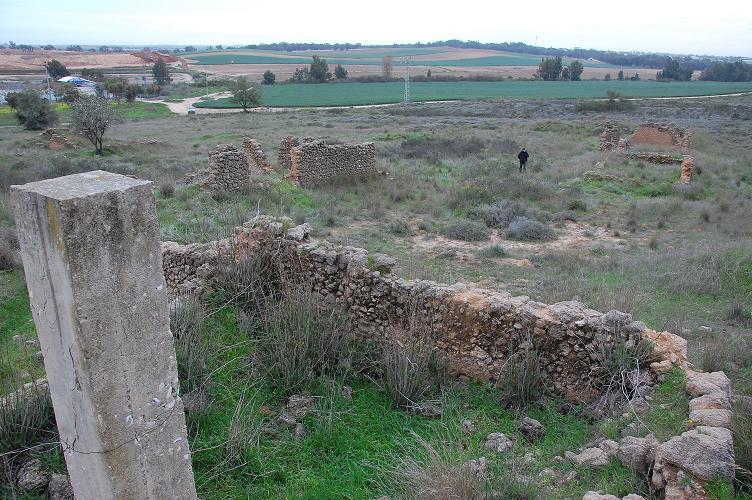Presenting the human side of Sderot, Israel and the western Negev would seem innocuous enough, as it is the only region in the western world where rockets and missiles target a civilian population. The people of southern Israel have their own story to share.
Yet after a 13-day coast-to-coast visit to Canadian college campuses, organized by Hillel Canada and the CIJA umbrella organization of Canadian Jewry, it would seem that even Sderot residents must fight for their legitimate right to live in the land of Israel.
The purpose of this trip was to balance the after-effects of the “Gaza narrative”, exactly one year after Israel’s 21-day Operation Cast Lead in the Gaza Strip.
On Canadian college campuses, the challenge became to justify the very existence of the city of Sderot.
This was best exemplified by an article published in a Winnipeg student newspaper, penned by a Palestinian-Canadian sociology student. This student amazingly attacked the credibility of another student for sharing her experiences visiting Sderot. This student had described her shock at the ’15 second’ alarm, known as the “Color Red,” which warns Sderot residents of only a few seconds to escape to safety from the time the missile is fired from Gaza to the time it explodes in Sderot.
The Palestinian student showed little sympathy for Sderot under fire:
“ ‘Sderot’ is actually a settlement on the Palestinian land of Najd, an illegally occupied territory stolen from Palestinians. It is a town created on the ashes of an ethnically cleansed and defaced Palestinian village….You want to talk about ‘terror’? Najd’s Palestinian villagers were expelled on May 13th, 1948 by Israeli forces before Israel was even declared a state.”
Ruins of Najd. (Photo: Noam Bedein/Sderot Media Center)
Here is a well-educated student born in Canada, with Palestinian descent, that calls the Israeli town of Sderot an illegitimate “settlement” constructed on the ruins of an Arab village abandoned during the 1948 war. Indeed this same student makes no acknowledgement of the historical fact that between 1951-1953, the Jews that settled in Sderot were from among the 850,000 Jews expelled in masses from Arab countries in the Middle East. During and after the 1948 war, 670,000 Palestinian Arab refugees were fled or forced from their homes.
Indeed, this Canadian-Palestinian college student was not the first to rationalize the thousands of aerial attacks and terrorizing of Sderot and southern Israel civilians.
“You know why Sderot is under rocket fire? Because there was an Arab village called Najd,” began a BBC reporter in an interview. I recall the reporter sitting in our Sderot Media Center office trying to find a ‘reasonable excuse’ to justify rocket fire against a civilian population.
Ironically, most Israelis/Jews do not even know that Palestinians and their leadership define Sderot as an illegal ‘settlement,’ while under international law it is undisputedly a city in the State of Israel.
Indeed, the first question I often ask student audiences during presentations is the following:
“If Sderot is a settlement and two miles northeast of Sderot lies the ruins of the Arab village called Najd, which the Palestinians say had a population of 30 families, who now live in the United Nations refugee camps in Gaza, what’s the justification for Jews to live in Sderot or anywhere else in Israel?”
The ruins from the Arab Village Najd
credit:http://www. palestineremembered.com/Gaza/ Najd/Picture13271.html
The challenge today is to first actually ask these basic questions, before throwing around answers or solutions for the modern Arab-Israeli conflict.
“What is our right, as Jews and as Israelis, to this country in our homeland? Do we have any rights to this land at all?”
This is the one way to get across and present Israel’s perspective to Muslims, to pro-Palestinians, Israel critics and to the international press.- By asking this basic question, we ask everyone to realize that Israel is the only independent country in the world whose legitimacy as a state is being questioned.
The leadership and governing bodies of the Palestinian side do not recognize Sderot’s establishment in the first years of the creation of the Jewish state, while most Israelis/Jews have accepted a two- state solution.
Yet another Canadian-Palestinian student expressed himself during the presentation at Carleton University in Ottawa, in a quite matter of fact manner:
”You Jews dreamt to go back to your home land after 2,000 years… Why do you think we will stop teaching our children to dream to return to our homes in Al-Majdal (Ashkelon) only after 60 years?”
Najd ruins with Sderot in the far background. (Photo: Noam Bedein/Sderot Media Center)
In other words, educated Canadian born Palestinian students living comfortably abroad, view Sderot quite simply as an illegal settlement and do not recognize the Jewish State of Israel. They do not accept our existence as Israelis. So does the opposite apply to a Palestinian raised in a United Nations refugee camp, who has not been given any solution or hope for the past 60 years- (even though the UN has resettled more than 50 million refugees worldwide since World War II), will that Palestinian recognize my existence as an Israeli?
Instead, Palestinian education focuses on the preparation of the Palestinian people for the ‘right of return’ to homes and villages from 1948 in Israel which no longer exist. Homes and villages for example in and around cities like Sderot, Ashkelon, Ashdod, Beersheba, and more which have all been under terrorist missile fire.
“So, what’s your solution to this reality?” students asked at each Canadian campuses that I visited. In the hundreds of presentations I have given in the past three years I always answer, “I’m not here to present you a solution, I’m here to articulate the problem.”
The answer to that logical question is that there may not be any instant “solution.” Yet that should not exempt students from knowing the reality of what people in Israel have to cope with – and, in the case of Sderot, that their unique miraculous rocket reality is like no other in the world right now. Rockets have become a daily routine of life in Israel, where one civilian population is being targeted by rockets, rocket-launchers take cover under another civilian population on the other side of the border.
Can this definition of terrorism be understood from a typical 5-second daily news broadcast in Israel in the past four years?
“Two rockets fell outside of Sderot today. No injuries, and no damages,” is how the typical broadcast or news update would read, followed by a weather report in Israel.
These five-second news reports have now tallied up to 311 attacks and including 20 different types of rockets, Iranian missiles and mortars fired from Gaza towards southern Israel, since the END of the military operation in Gaza on January 18, 2009.
If things were truly clear about our rights as Jews to live in Israel, I would not have found myself providing a testimony to a Jew, Judge Richard Goldstone in Geneva. I was allowed a 30-minute presentation where I described to the Goldstone Commission the eight-years of life under rocket fire and concluded by raising my hands in front of them:
“I do not have enough fingers on my hands to count the amount of times rockets exploded only 10 meters from a kindergarten packed with children…”
“Why do we have to wait until a kindergarten or classroom full of children suffers a direct hit by a rocket, in order for us Israel, to have the international support and sympathy to do what is right to protect our own citizens?”
This was the question I put forth to Judge Goldstone and the rest of the panel of UN judges, which was met only with stone silence.
The time has come to raise these questions to college students around the world, and to provide them with proper and accurate answers for them to stand up for Israel and for themselves as proud supporters of Israel.
By generating that kind of awareness, we promote peace without instant solutions and we force the world of public opinion to acknowledge the real barriers for peace, beginning with the continuing refusal of the Arab world to recognize the legitimacy of Sderot and of Israel in their neighborhood.
Najd ruins with Sderot in the far background. (Photo: Noam Bedein/Sderot Media Center)
Noam Bedein is a photojournalist, lecturer, and is the director and founder of the Sderot Media Center (www.SderotMedia.org ) Noam gives briefings to foreign government officials, embassies, foreign press and student groups from around the world







